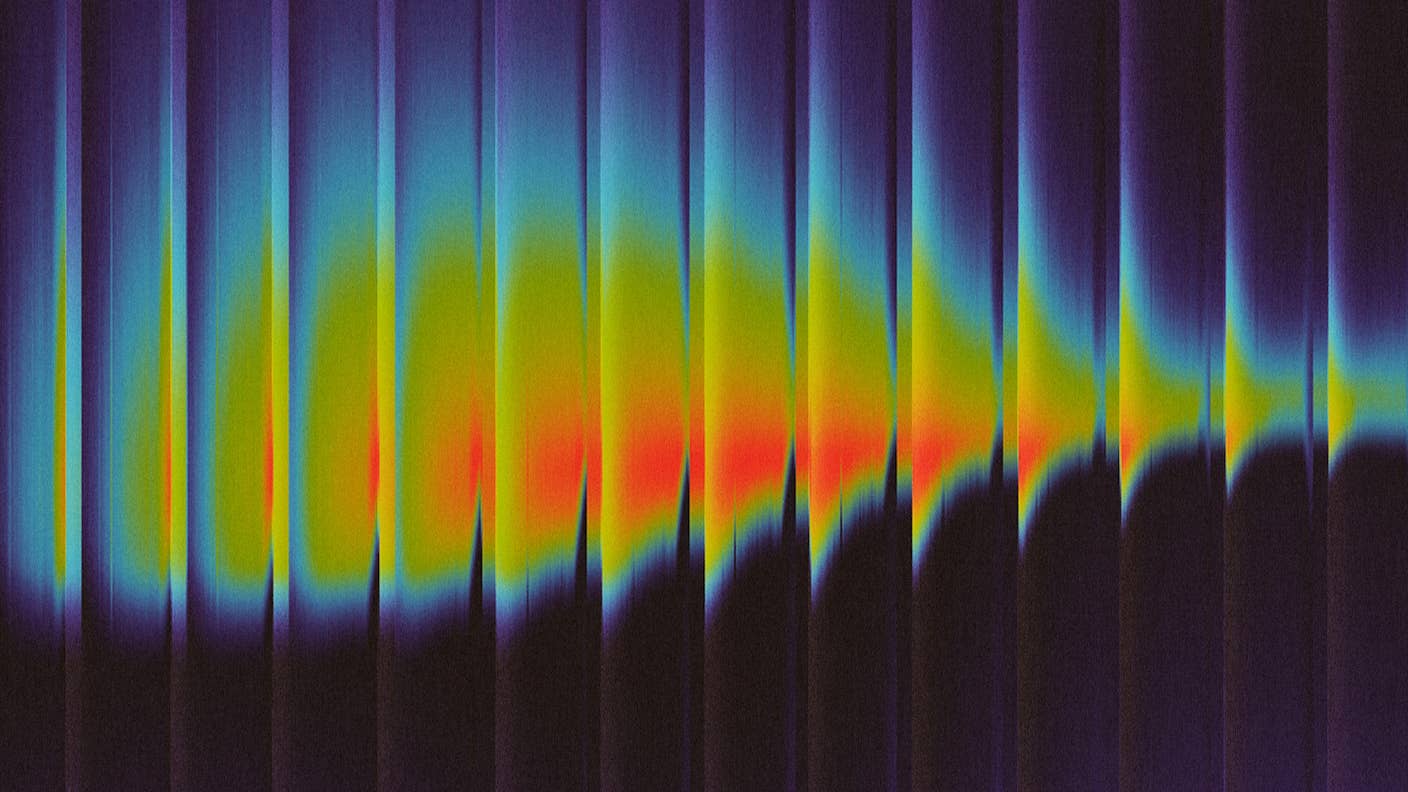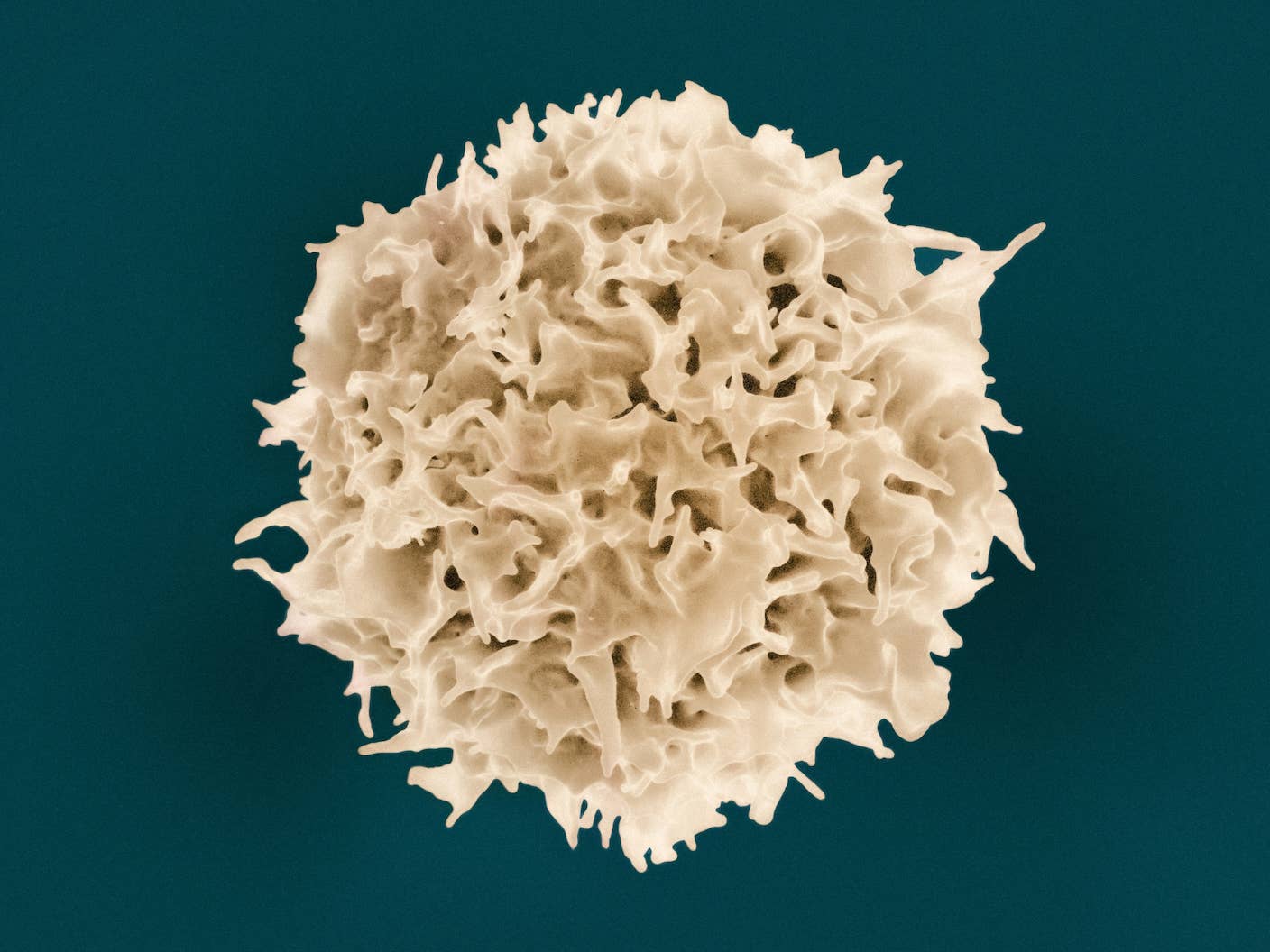This Week’s Awesome Tech Stories From Around the Web (Through July 13)

Share
ARTIFICIAL INTELLIGENCE
OpenAI Reportedly Nears Breakthrough With 'Reasoning' AI, Reveals Progress Framework
Benj Edwards | Ars Technica
"[According to OpenAI's new AGI framework] a Level 2 AI system would reportedly be capable of basic problem-solving on par with a human who holds a doctorate degree but lacks access to external tools. During the all-hands meeting, OpenAI leadership reportedly demonstrated a research project using their GPT-4 model that the researchers believe shows signs of approaching this human-like reasoning ability, according to someone familiar with the discussion who spoke with Bloomberg."
BIOTECH
How AI Revolutionized Protein Science, but Didn’t End It
Yasemin Saplakoglu | Quanta
"Three years ago, Google’s AlphaFold pulled off the biggest artificial intelligence breakthrough in science to date, accelerating molecular research, and kindling deep questions about why we do science. ...'The field of protein biology is 'more exciting right now than it was before AlphaFold,' Perrakis said. The excitement comes from the promise of reviving structure-based drug discovery, the acceleration in creating hypotheses, and the hope of understanding complex interactions happening within cells."
TECH
New Fiber Optics Tech Smashes Data Rate Record
Margo Anderson | IEEE Spectrum
"An international team of researchers have smashed the world record for fiber optic communications through commercial-grade fiber. By broadening fiber’s communication bandwidth, the team has produced data rates four times as fast as existing commercial systems—and 33 percent better than the previous world record."
ARTIFICIAL INTELLIGENCE
'Superhuman' Go AIs Still Have Trouble Defending Against These Simple Exploits
Kyle Orland | Ars Technica
"In the ancient Chinese game of Go, state-of-the-art artificial intelligence has generally been able to defeat the best human players since at least 2016. But in the last few years, researchers have discovered flaws in these top-level AI Go algorithms that give humans a fighting chance. By using unorthodox 'cyclic' strategies—ones that even a beginning human player could detect and defeat—a crafty human can often exploit gaps in a top-level AI's strategy and fool the algorithm into a loss."
COMPUTING
Google Creates Self-Replicating Life From Digital 'Primordial Soup'
Matthew Sparkes | New Scientist
"A self-replicating form of artificial life has arisen from a digital 'primordial soup' of random data, despite a lack of explicit rules or goals to encourage such behavior. Researchers believe it is possible that more sophisticated versions of the experiment could yield more advanced digital organisms, and if they did, the findings could shed light on the mechanisms behind the emergence of biological life on Earth."
Be Part of the Future
Sign up to receive top stories about groundbreaking technologies and visionary thinkers from SingularityHub.


AUTOMATION
How Good Is ChatGPT at Coding, Really?
Michelle Hampson | IEEE Spectrum
"Programmers have spent decades writing code for AI models, and now, in a full circle moment, AI is being used to write code. But how does an AI code generator compare to a human programmer? [A new study shows] that ChatGPT has an extremely broad range of success when it comes to producing functional code—with a success rate ranging from anywhere as poor as 0.66 percent and as good as 89 percent—depending on the difficulty of the task, the programming language, and a number of other factors."
TECH
OpenAI Anticipates Decrease in AI Model Costs Amid Adoption Surge
Shubham Sharma | VentureBeat
"'We introduced GPT-4, the first version, some 15 months ago. Since then, the cost of a token/word on the model has been reduced by 85-90%. There’s no reason why that trend will not continue,' Olivier Godement, [OpenAI's] head of API Product said. ...He expects the company’s work on affordability, spanning efforts to optimize costs at both hardware and inference levels, will continue, leading to a further decline in the cost of running frontier AI models—much like what has been the case with smartphones and televisions."
SPACE
Watch These Supernovas in (Time-Lapse) Motion
Dennis Overbye | The New York Times
"This spring, the astronomers who operate Chandra combined its X-ray images into videos that document the evolution of two astrophysical landmarks: the Crab nebula, in the constellation Taurus, and Cassiopeia A, a gas bubble and hub of radio noise in the constellation Cassiopeia. The videos show twisting, drifting ribbons of the remains of the star being churned by shock waves and illuminated by radiation from the dense, spinning cores left behind."
Image Credit: BoliviaInteligente / Unsplash
Related Articles

This Week’s Awesome Tech Stories From Around the Web (Through January 10)

What If We’re All Martians? The Intriguing Idea That Life on Earth Began on the Red Planet

Aging Weakens Immunity. An mRNA Shot Turned Back the Clock in Mice.
What we’re reading
